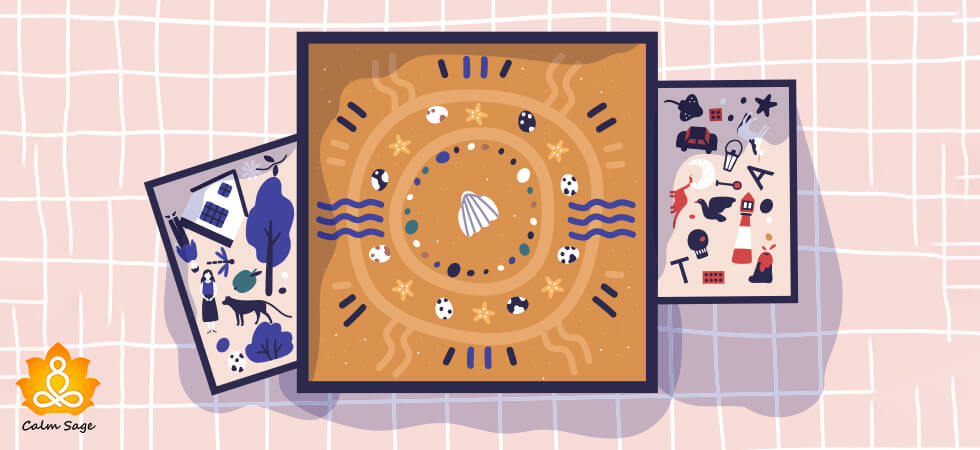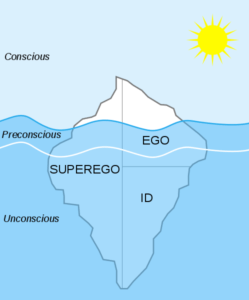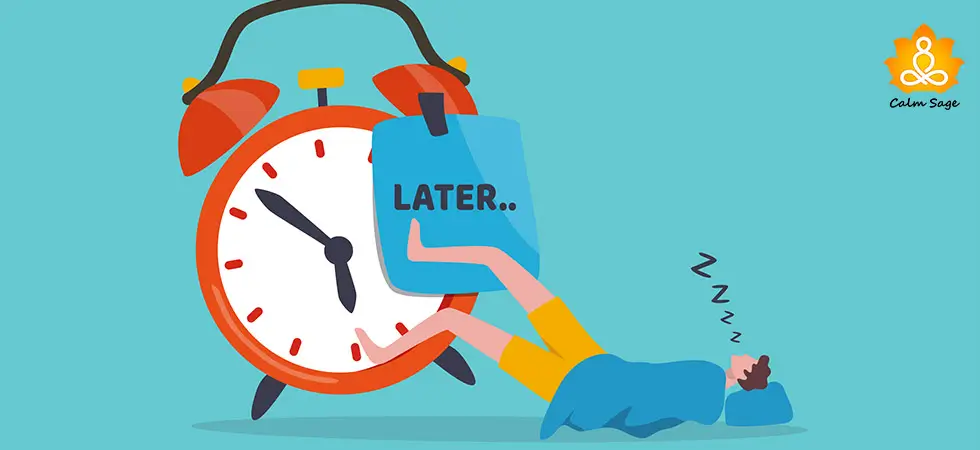What Is Psychodynamic Therapy | Approaches, Uses And Key Concepts

Psychodynamic therapy looks almost like psychoanalytic therapy and even involves talk between therapist and patient on the basis of theories of psychoanalysis. However, you won’t find psychodynamic therapy’s focus aligned on patient and therapist alone. It focuses on a patient’s relationship with his external world.
Digging a little deep into what is psychodynamic therapy, it involves deep mental and emotional processes. Although a simpler and less lengthy step of psychoanalysis, psychodynamic finds out problems a human being is facing in his day-to-day life. A therapist finds out the pattern of an individual and notices
- Emotions
- Thoughts and feelings
- Past experiences
- Beliefs
As and when such patterns are unraveled, psychodynamic therapy shows a coping mechanism which acts as a defense procedure against negative patterns.
When Is Psychodynamic Therapy Used?
The primary use of psychodynamic therapy is to treat conditions like
- Depression
- Anxiety
- Hopelessness
- Addiction
- Social anxiety disorder
- Eating disorder
- Unawareness about self
- Emotional trauma due to unexpected fears, desires or fantasies
With the treatment, goals of psychodynamic therapy include enhancement of self awareness to break the unconscious thought pattern. Along with it, a client can understand the reasons behind his mental disorder and deal with it.
Key Concepts Of Psychodynamic Therapy
In the late 19th century, an expert called Sigmund Freud started working on the human mind and its development. Although he postulated various theories of conflicting nature, a basic set of principles sparked the new school of thought. Today its modified and updated version is being used. He said that human brain contains 3 parts called:

1. The Unconscious: This section of mind consists of deep beliefs, instincts and behavioral patterns. It is said that the section decides the majority of our thoughts about what we are and what we want.
2. The Pre Conscious or Subconscious: This level is between the conscious and unconscious stage and can also be called as purposeful consciousness.
3. The Conscious: The level that we are aware of in the moment is decided by this section of mindset. However, it is only a small portion of the mind and backed up by other two versions.
Today the concepts of Freud’s theory form the basis of psychoanalytic theory but they also form a part of psychodynamic theory as well. Other four schools of thought that followed up included Ego Psychology, Object Relations and Self Psychology of whose components joined in as a part of psychodynamic and psychoanalytic therapy.
What To Expect From Psychologists With Psychodynamic Therapy
Discovering the base of symptoms of depression, anxiety or any other disorder is the first agenda of a therapist from a patient or psychodynamic approach to counseling.
The therapist tried to encourage them to express their emotions, feelings and find recurring patterns of thoughts they are dealing with. It is essential to learn the past instance during psychodynamic therapy in order to find the present behavior.
The therapist also observes behavior of their client with each session and tries adding their opinion or insight with it. It is important to do so in order to find the client’s interpersonal relationship with family and friends.
The dots of past and present are interconnected to address the disorder a client is going through. This is how psychodynamic therapy is used for depression, anxiety or various disorders.
Categories Of Psychodynamic Therapy
Although by now you must be thinking that the therapy is a single entity but it has generally variations. There are three different types of psychodynamic therapy that apply in different ways.
1. Brief Psychodynamic Therapy
It consists of very few sessions or maybe just one in some cases and is majorly focused on a particular problem. For example, if someone is going through a panic attack then a therapist helps them in understanding the reasons behind it and deals with coping. Accidents, rapes, anxiety or family issues could be resolved with brief therapy.
2. Psychodynamic Music or Art Therapy
This could be called as a non traditional form of therapy where a patient is asked to express himself through music or art as channels. You may find it non-structured and the client is free to take it ahead as per his own desire. They can play their own music or simply make a new one during therapy. When a communication is formed between therapist and patient, the discussion begins for a coping mechanism.
3. Psychodynamic Family Therapy
As the name suggests, this therapy is based on family and personal relationships. For example, if relations with spouse, partner, sibling, parents or in-laws are strained for whatsoever reasons, this therapy helps a person in dealing with it smoothly. It is relatively a long term therapy and can be focused when someone has dealt with traumatic family events.
Wrap-Up
Psychodynamic therapy is one of the most popular therapies today that is also paving the way to many other popular forms. We hope that this article has given you an insight into a new way how psychodynamic therapy has evolved over years and changed lives for better today. If you wish to connect with a therapist and get your challenges removed successfully, drop us a message at info@calmsage.com now!




















